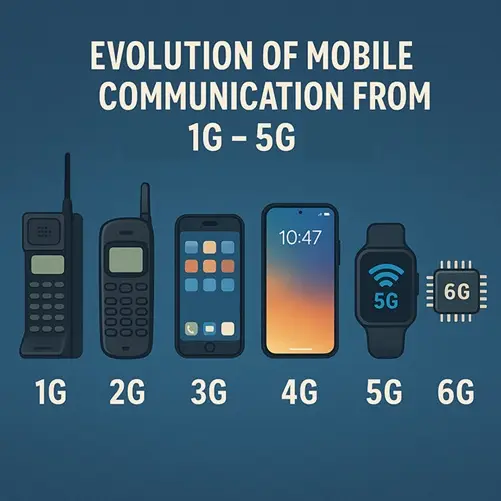1G to 6G: The Surprising Evolution of Mobile Communication in Pakistan vs the World
Introduction to Mobile Communication
Mobile communication has dramatically transformed the way we live, work, and connect with the world around us. It began with the simple ambition of making voice calls wirelessly, evolving into a sophisticated global infrastructure that powers real-time video calls, smart homes, and interconnected cities. Each generation of mobile communication technology has been a response to rising demands for speed, capacity, and efficiency. As world is approaching the era of 6G, the evolution from 1G to 5G showcases a progression of innovations, societal transformations, and technological milestones that have revolutionized how we communicate.
Table of Contents
Understanding Mobile Communication Generations
In mobile communication, the letter “G” represents a generation, signifying each major advancement in wireless technology. Every generation is characterized by improvements in speed, capacity, reliability, and functionality. Lets explore these technology one by one.
1G – The Analog Pioneer
Introduced in the 1980s, 1G heralded the beginning of mobile communication through analog voice technology. These networks allowed users to make voice calls without being tethered by cables, a revolutionary concept at the time. The devices were bulky, the sound quality was poor, and there was no support for text or data services. Moreover, security was minimal, and call drops were frequent. Although 1G had its drawbacks, it established the crucial groundwork for all future mobile technology developments.
In contrast to global deployments, Pakistan saw its first AMPS network in 1990. Paktel introduced AMPS network in Pakistan later in the same year Instaphone was launched , both were limited to offer voice calls services like global deployments, but the high cost made it inaccessible to most people. AMPS handsets were not widely popular, owned by only a few, with Ericsson, Motorola, and Nokia as pioneers in their manufacturing globally, and Motorola and Nokia being the primary suppliers in Pakistan.
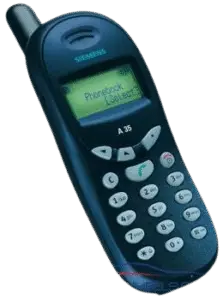
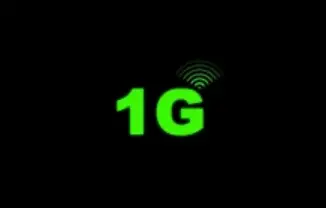
2G – The Digital Breakthrough
The introduction of 2G in the early 1990s marked a major transformation, as mobile communication transitioned from analogue to digital systems. This upgrade significantly improved call clarity and added essential features such as encryption for security. One of the most notable innovations was the introduction of Short Messaging Service (SMS), which quickly became a global phenomenon. 2G also enabled basic data services, paving the way for mobile internet, albeit at very modest speeds. 2G became the first widely adopted global mobile standard.
If we discuss in terms of Pakistan, the 2G / GSM is introduced by Mobilink in 1994, however the mobiles were still not very common in Pakistan these days only businessmen can afford those expensive handsets and SIM Connections. Moreover, the user not only have to pay for outgoing but for the incoming call as well along with the roaming charges. These overall factors play vital role in discouraging the user using Mobile handsets.
However, In Pakistan, a period of declining call costs and mobile phone prices was particularly noticeable starting 2001 – 2002This trend was influenced by two key factors: the implementation of a “Calling Party Pays” (CPP) regime and the introduction of a government-owned mobile phone company, Ufone in 2001.
This era also witnessed the emergence of GSM (Global System for Mobile Communications) devices, which were more compact, lighter, and efficient compared to the bulky 1G models. Handsets like the Nokia 3310, 3330 & 6600, Samsung R220, X100 & X700 and the Motorola C115, T190 and V3 Razr became immensely popular due to their enhanced portability, user-friendly interfaces, and ability to send text messages. SIM cards were introduced, allowing users to switch devices while keeping their mobile number.
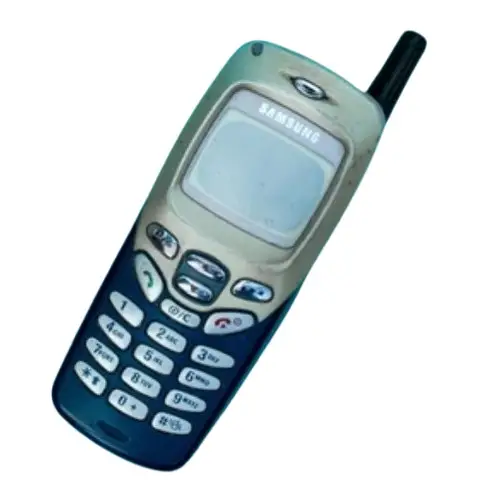
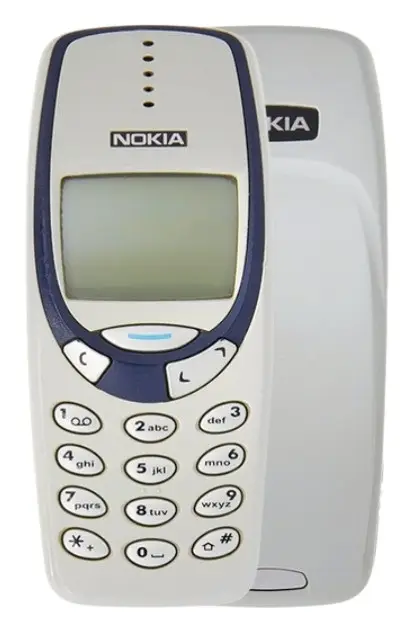
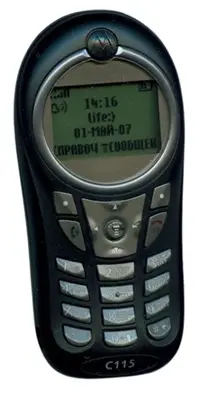
Noteworthy Addition: Thuraya Satellite Technology
2000 era saw emergence of Thuraya (mobile satellite communications company). The commercial services began in Pakistan in January 2002. The first Thuraya satellite, Thuraya-1, was launched in October 2000. Initially they have used bulky satellite handsets later on as the technology advances they have improved their handset designs as well.

3G – The Mobile Internet Era
The early 2000s witnessed the launch of 3G in International Market,which marked the mobile internet revolution. . For the first time, users could browse the web, send emails, and stream media directly from their phones. Data transmission rates saw a significant boost, enabling services such as video calling and mobile TV. The rise of smartphones and mobile applications during the 3G era transformed mobile phones into versatile computing devices, integrating seamlessly with users’ daily lives for entertainment, navigation, and communication.
4G – The Speed Game Changer
4G networks, introduced around 2009 globally, revolutionized mobile communication with high-speed internet access (Click here to review concise guide to achieving Fast Internet Speed in Pakistan in 2025) . The adoption of Long-Term Evolution (LTE) technology enabled faster downloads, smoother video streaming, and reduced latency. This generation fueled the rise of data-intensive applications, including high-definition video streaming, mobile gaming, social media platforms, and mobile blogging, which opened new career opportunities for bloggers to build careers and generate income (Click here to know more details about writing your first blog in 2025.). It also supported the development of mobile services like ride-sharing, online banking, and real-time location tracking, deeply integrating mobile technology into everyday life.
However, the introduction of 3G/4G delayed in Pakistan because of spectrum auction, 3G & 4G were officially introduced in Pakistan in April 2014 following a spectrum auction held by the Pakistan Telecommunication Authority (PTA). 3G licenses were awarded to Ufone, Telenor, ZONG and Mobilink whereas 4G license was awarded to ZONG only.
while 3G-capable smartphones were available in Pakistan as early as 2008–2009, actual 3G/4G network services became available to the public starting in 2014. Smartphones emerged as dominant mobile devices in the 3G era, initially led by Blackberry and Symbian OS, but the 2007 iPhone launch revolutionized the market with touchscreen interfaces, app stores, and full internet browsers. In the 4G era, high-performance smartphones from Apple, Samsung, Huawei, and others featured powerful processors, high-resolution cameras, and advanced connectivity, transforming the smartphone into a central hub for personal and professional life.
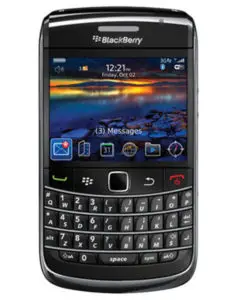
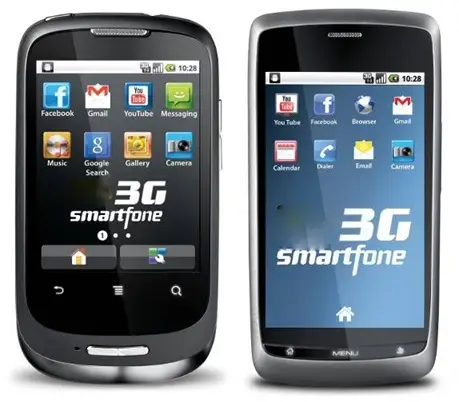
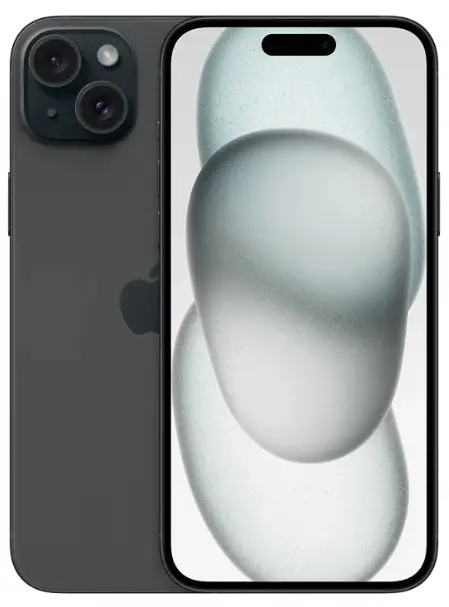
5G – The Real-Time Revolution
Launched in 2019 in internation market, 5G brought groundbreaking speeds and near-zero latency, revolutionizing the capabilities of mobile networks. With data rates of up to 10 Gbps and latency as low as 1 millisecond, 5G supports critical applications such as autonomous vehicles, remote surgeries, and smart infrastructure. It also allows for massive connectivity, facilitating the growth of the Internet of Things (IoT) and enabling seamless communication between billions of devices. This generation is designed not just for smartphones but for a hyper-connected world.
5G-compatible smartphones started becoming available around 2020, with brands like Apple and Samsung launching devices equipped to handle 5G’s capabilities. Though the 5G launched in 2019 but Pakistan still waits for 5G spectrum auction in Pakistan. All cellular companies including Jazz (formerly known as Mobilink), Ufone and ZONG have conducted 5G Trials in 2020–2021 but No official commercial rollout yet.
As per latest update the 5G spectrum auction may faces 4 months delay due to Telenor – PTCL merger uncertainty. Click here to review more details.
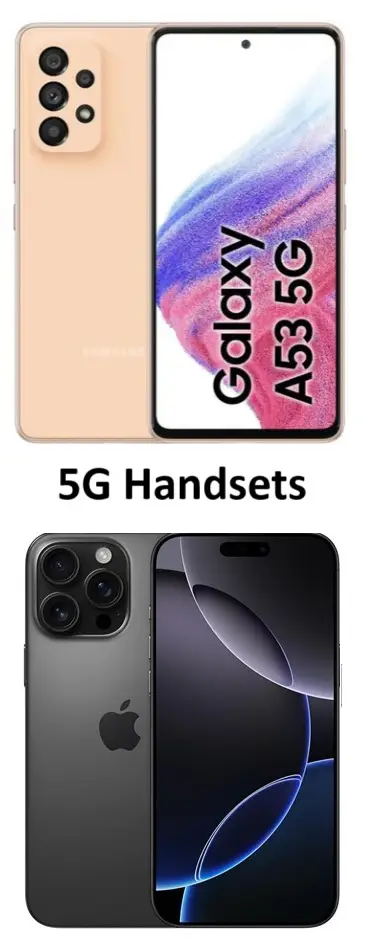
Introduction to 6G – The Future Frontier
Though still in the research and development phase, 6G is anticipated to launch around 2030 and promises to surpass all existing limitations. Leveraging terahertz frequency bands and AI-native networks, 6G aims to provide speeds 100 times faster than 5G, with near-zero latency. Experts foresee breakthroughs such as real-time holographic communication, integration of space-based networks, and intelligent surfaces that can adapt to environmental signals. As the foundation for future digital societies, 6G is expected to blend physical and digital realities seamlessly.
Mobile devices of the 6G era are expected to evolve far beyond the current smartphone model. Concepts like wearable tech, smart glasses, and embedded communication chips are under exploration. These futuristic devices may offer immersive experiences through XR (Extended Reality) and operate seamlessly in both physical and digital environments.
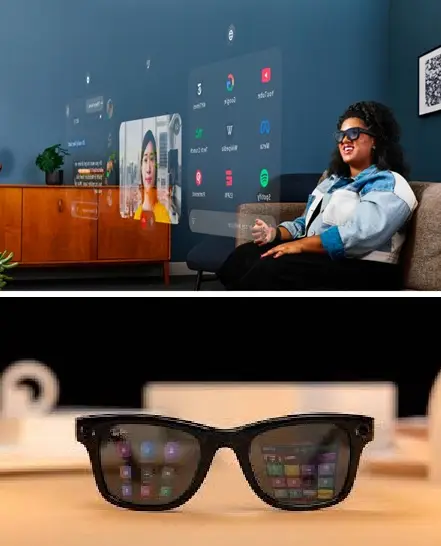
Conclusion
From Analog to AI – A Journey of Connection
Every new generation of mobile technology has introduced unique advancements in speed, latency, and functionality. While 1G supported only analogue voice, 2G brought in digital communication and text messaging. With 3G came mobile internet and multimedia features, and 4G revolutionized connectivity with fast data speeds and app-driven platforms.5G has taken us into real-time connectivity with IoT and automation, while 6G aims to unlock intelligent, immersive experiences with AI and terahertz waves. The generational shifts reflect not just technological upgrades but a radical transformation of the global communication infrastructure.
Frequently Asked Questions (FAQs)
1. What sets 5G apart from 4G as its most significant difference?
The main difference lies in speed and latency. 5G offers significantly faster data rates (up to 10 Gbps) and lower latency (as low as 1 millisecond), enabling real-time communication for applications like IoT and autonomous vehicles.
2. When will 6G be available to the public?
Currently under development, 6G is projected to become commercially available by approximately 2030.
3. Can current smartphones support 6G in the future?
No, current smartphones are not equipped with the necessary hardware to support 6G. Future devices will need specialized chips and antennas to handle terahertz frequencies and AI-native networking features.
4. How has mobile communication impacted society?
Mobile communication has revolutionized how we connect, work, and entertain ourselves. It has driven social media, remote work, e-commerce, and digital learning, becoming a core component of modern life.
5. Are there any health risks associated with 5G and 6G?
Scientific studies to date have found no conclusive evidence of health risks from 5G. However, as new frequencies are explored in 6G, more research will be required to assess long-term impacts.
6. What will mobile handsets look like in the 6G era?
Handsets in the 6G era may include wearable technology, embedded chips, and even smart glasses, moving beyond the traditional smartphone format to offer immersive and interactive experiences.

